
5 illnesses You Can Get From The Pool!
Growing up in south Florida, my sisters and I lived in the pool! It is no different for my children. My son can play in the water for hours. For me, the pool equals peace. The kids aren’t fighting over toys or begging me for snacks and television. It is amazing exercise and gets them out of the house. However, as great as the pool can be, it unfortunately can cause different types of illnesses and injuries. So today we are going to talk about water related illnesses and injuries and then take it one step further to discuss some home remedies to help treat and prevent your child from swimming related illnesses and injuries.
Swimmer’s Ear (Otitis Externa)
This is the most common pool related illness that I treat in the ER. Long exposure to chlorine and water breaks down the barrier in the inner ear that helps protect us from bacteria. Swimmer’s ear is an infection of the skin covering the outer ear and ear canal and is caused by bacteria such as Staphylococcus aureus and Pseudomonas aeruginosa. It frequently presents after a long day at the pool or beach. Your child may start to complain of an itch in his or her ear which quickly progresses to extreme pain, especially when pulling on the ear. It typically is not associated with a fever unlike most ear infections. It is easily treatable but often results in emergency room visits because of the severity of the pain. There are ways to help prevent this infection from occurring. Try to keep the ears as dry as possible. Make sure to towel dry the inside of the ear and tilt the ear to the side to allow water to drain out. A preventative and inexpensive ear drop solution can be made easily by mixing equal parts of rubbing alcohol and white vinegar (50:50 mixture). This solution will increase the rate of evaporation of water in the ear canal and has antibacterial properties. Mineral oil ear drops can be used as well.
Chemical Conjunctivitis
This is a big one in my household. My son loves the water so much but after a certain amount of time in the pool his eyes begin to burn and turn red. The only way to prevent this is to take frequent breaks from the pool and use goggles to decrease exposure to chlorine. Saline eyes drops not only prevent the chemical conjunctivitis from occurring but also helps if your child is experiencing pain. If your child is experiencing extreme pain, severe redness, or drainage to have him or her evaluated by the doctor.
Swimming Dermatitis and Sunburns
Swimmer’s itch or dermatitis presents with tingling, burning, and/or itching of the skin. Your child may develop small reddish pimples, and/or small blisters that appear within minutes or days after being in the water. Although I melt when I see my daughter in an adorable bikini, it is important for them to wear long sleeve swimwear. It will not only prevent swimmer’s dermatitis by decreasing the exposure to chemicals in the pool but also prevents sunburn. Please read your sunscreen bottle. Most sunblocks are water resistant, not waterproof. Make a point of reapplying sunblock every 45 minutes especially if your child has been in the pool. Prevention is all about the appropriate swimwear and sunblock.
Illness and Infection
People are under the assumption that chlorine kills all bacteria and viruses which are found in swimming pools and recreational water parks. Unfortunately this is not entirely true. Although is does help control the spread of viruses and bacteria, it by no means eliminates exposure. Although any virus can be transmitted through the water, GI bugs (infection causing abdominal symptoms) are by far the most common associated with pools and water parks. These illnesses are usually caused by bacteria such as cryptosporidium, Giardia lamblia, shigella, and E. coli and occur when contaminated water is swallowed or driven into the mouth and nose. The symptoms usually include diarrhea, fever and abdominal pain, which may not begin immediately after a swim and can even occur one to two weeks later. There is little to prevent this from occurring with the exception of instructing your child not to swallow the water and/or open their mouth while swimming. The most important thing is to respect others. If your child is ill, please do not allow him or her in the pool.
Laceration and Injury
The entryways to your home and areas surrounding the pool become extremely slippery when wet. I see a lot of head injuries, fractures, and lacerations because of children slipping and falling after getting out of the pool. Make sure to thoroughly dry off your child, including the bottom of his or her feet before letting them into the house for a drink or snack. The best way to ensure your child doesn’t slip and fall is to purchase swim shoes.
Today I just wanted to focus on the common illnesses and injuries associated with the pool, but it is important to understand how dangerous the pool can be. For children under age 5, drowning is a leading cause of accidental death, with rates even surpassing those of traffic accident fatalities in recent years. Forever Freckled will be bringing in a drowning expert to discuss drowning prevention and important pool safety maintenance. In the meantime, no matter what age your child, please keep a close eye on them when they are swimming, and make sure you have a pool fence.
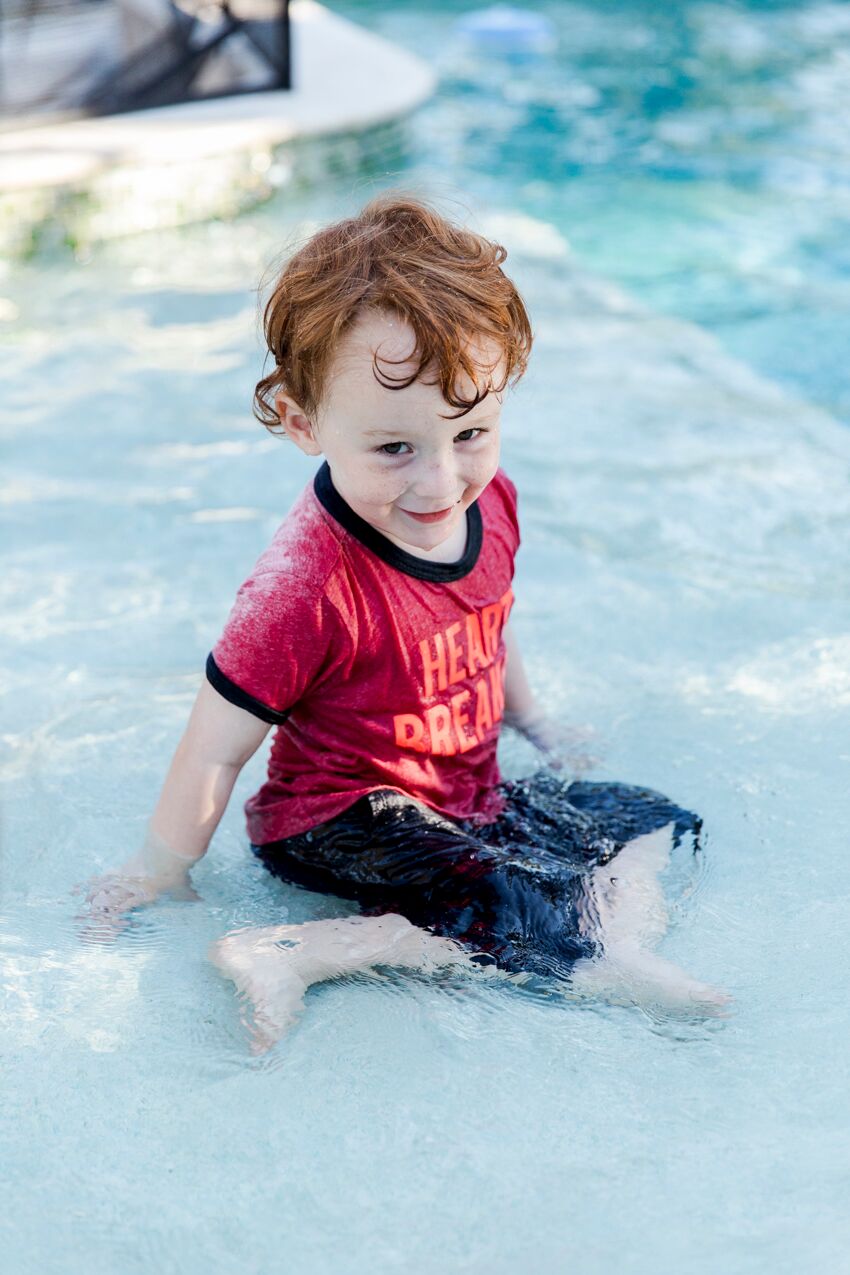
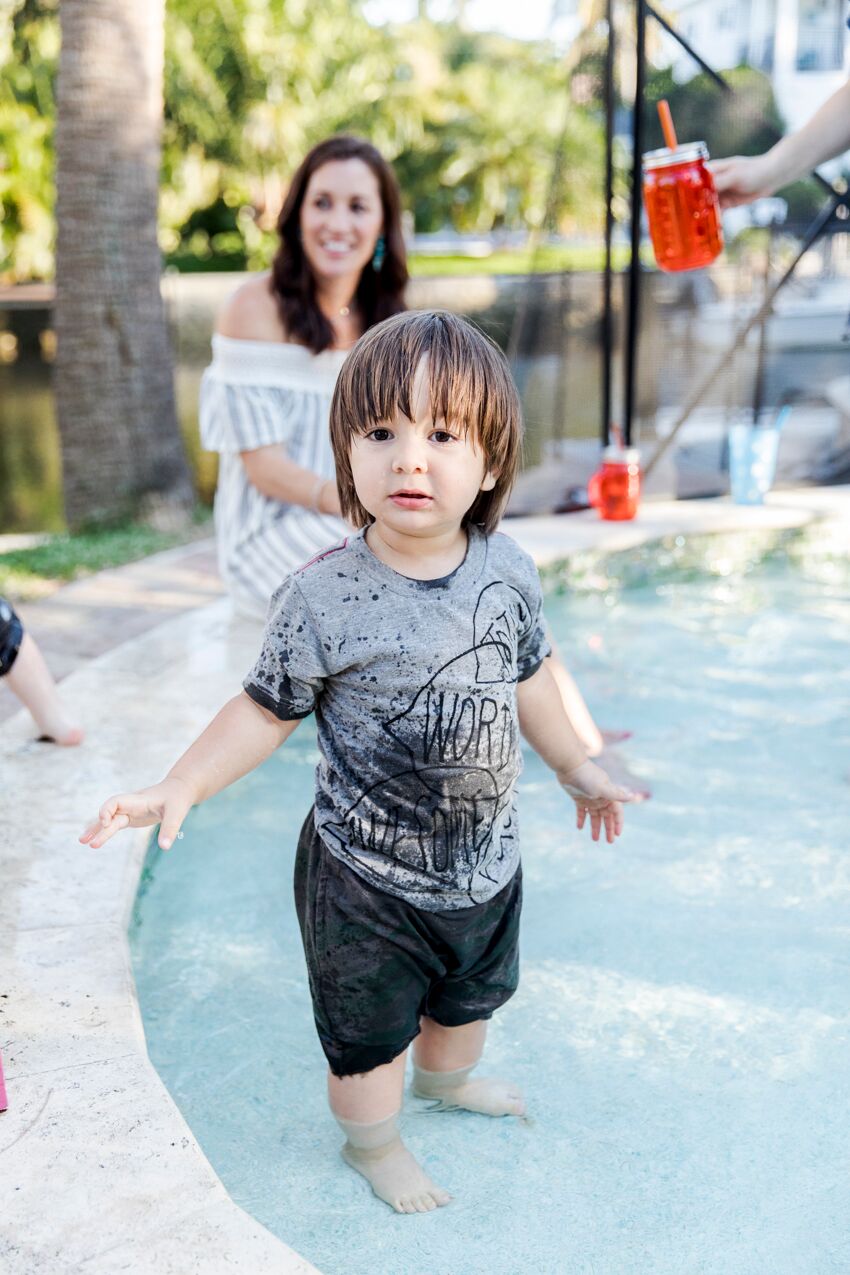
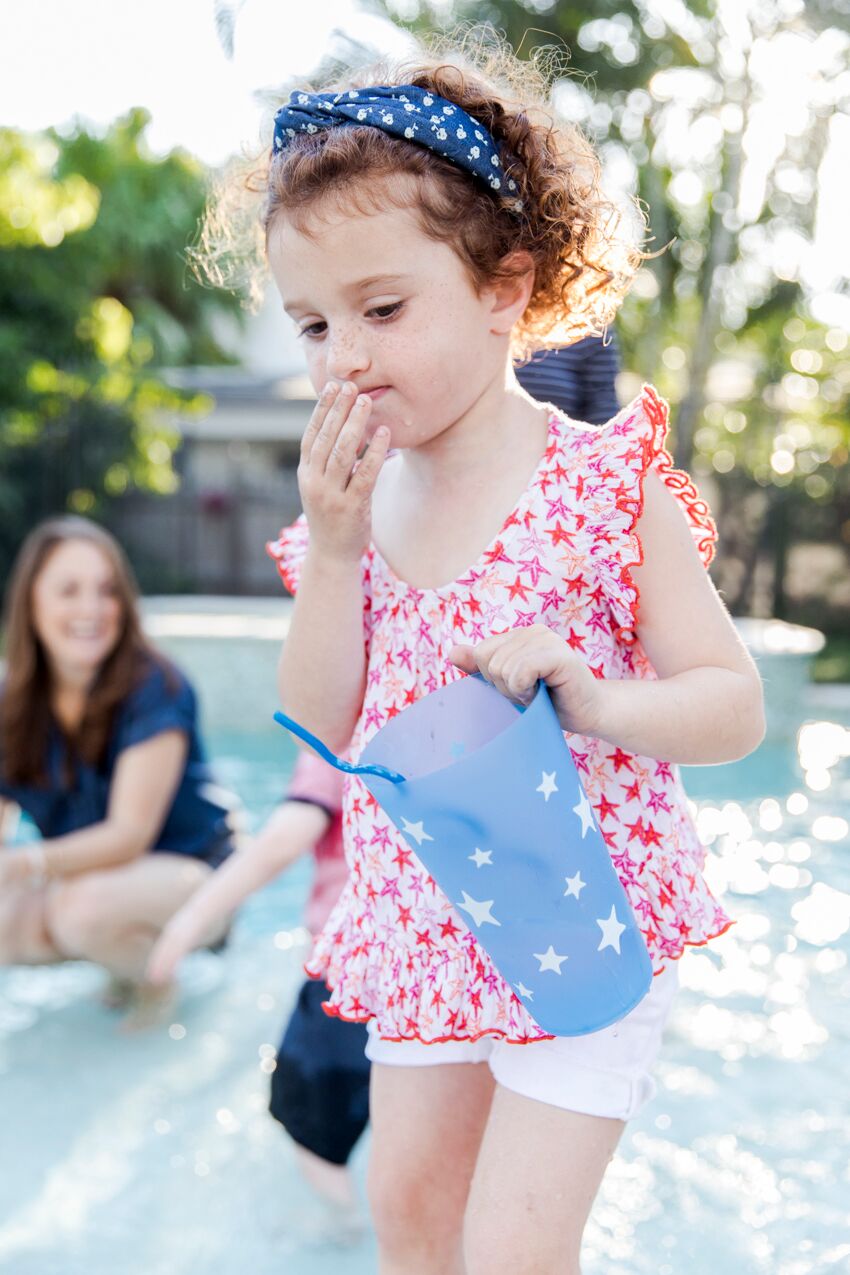
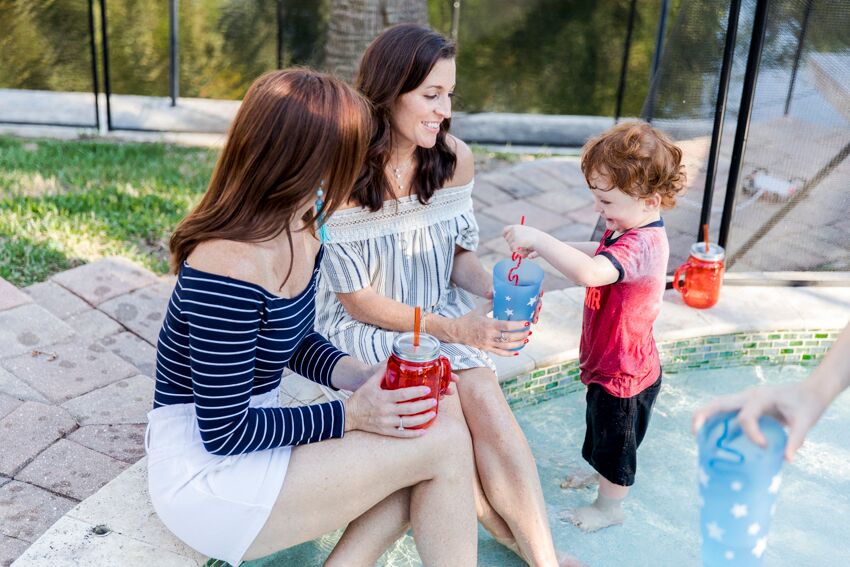


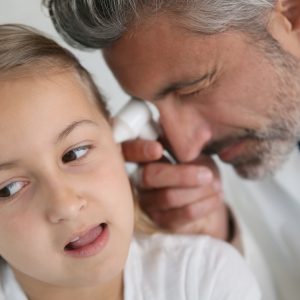
Can’t belive this! So crazy, makes me more aware! Thanks for sharing this!
Glad the information was helpful! Thanks so much for following us.
I kinda thought chlorine killed all bacteria!! Thank you for this info! I’m usually just worrying about my kids getting sunburnt or drowning, but this is good to know!
This is great information! I thought the chlorine would kill all bacteria!!!